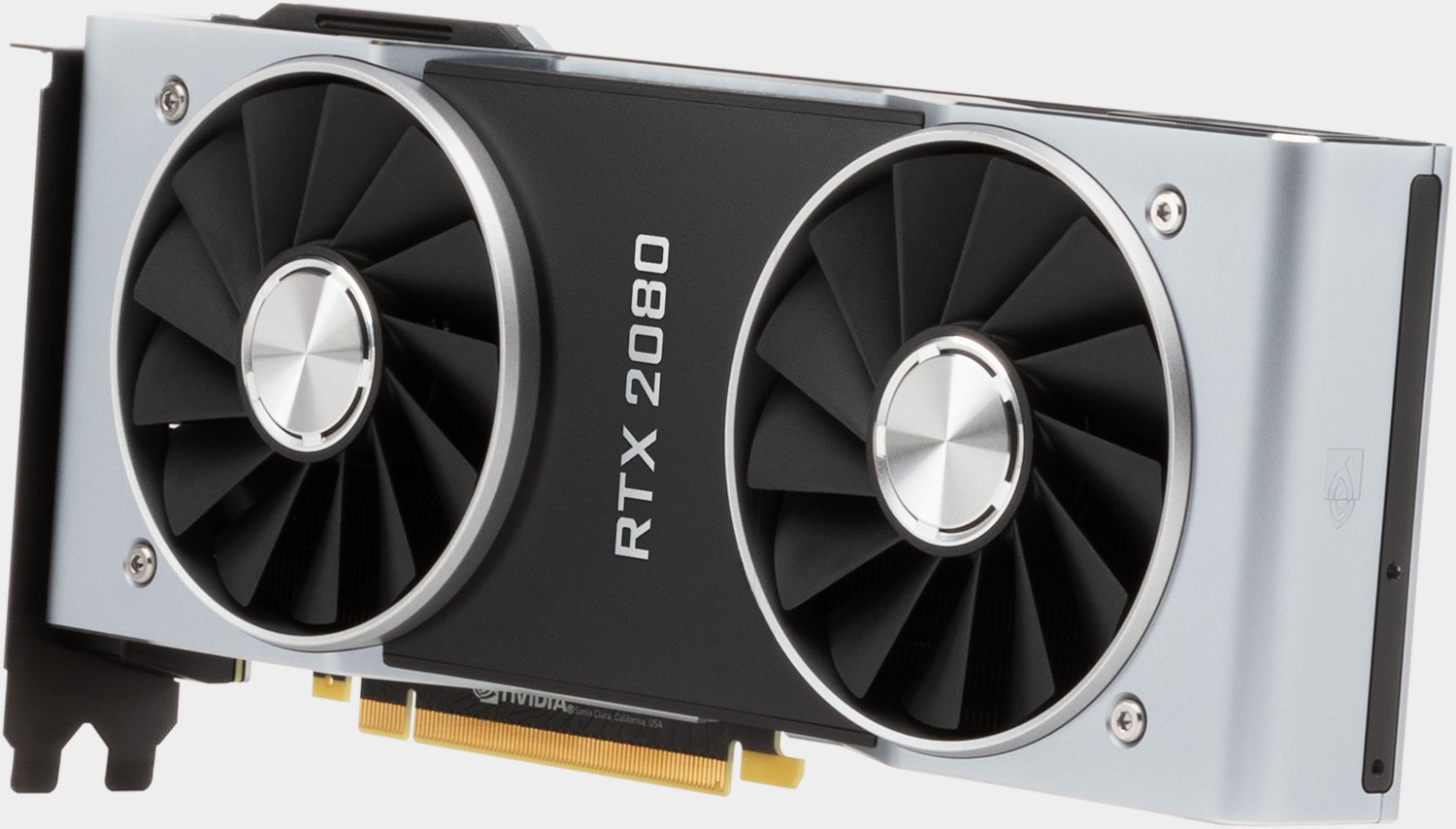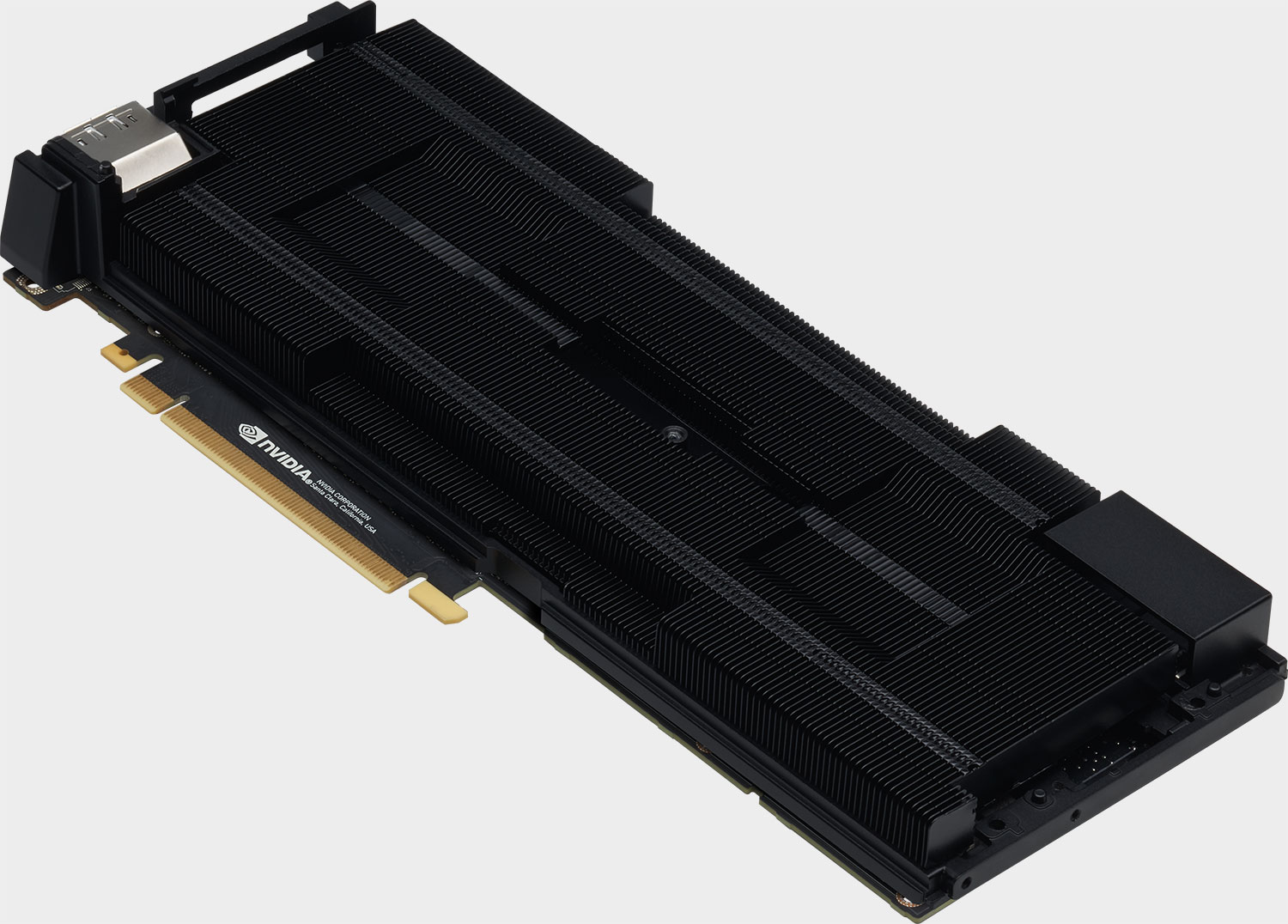Nvidia is taking an enthusiast approach to its Founders Editions RTX graphics cards
For its new round of graphics cards, Founders Edition doesn't equate to reference.

Details are still pouring in on Nvidia's new GeForce RTX cards based on its Turing architecture, and we know everyone is eager to compare performance numbers with Pascal to see where they stack up amongst the best graphics cards. Those are coming. In the meantime, one interesting thing to note is how Nvidia is taking a different approach with its Founders Edition models this time around.
Previously, Founders Edition cards were essentially reference models, and it was up to Nvidia's add-in board (AIB) partners to spice things up with factory overclocks and snazzy cooling solutions. Not this time around.
Part of Nvidia's enthusiast approach entails a 90MHz overclock to each card's boost clock. It remains to be seen if that will be the case for unannounced SKUs (presumably the GeForce RTX 2060 and lower), but FE versions of the GeForce RTX 2070, 2080, and 2080 Ti that were announced on Monday all come overclocked out of the box.
Nvidia also redesigned the cooling apparatus on its FE cards. The new models feature dual fans instead of just one, which Nvidia says will deliver better cooling and run quieter in a well-ventilated chassis.
"Powered by 3-Phase motors, which limit vibrational noise, the fans feature 13-blades to move air more effectively, increasing the amount of air moved per second. And by utilizing two fans, we can increase cooling efficiency whilst simultaneously decreasing noise," Nvidia explains.
The net result of the design change is that GeForce RTX cards operate at up to 10C cooler than Pascal, and emit one-fifth the noise, which equates to a reduction of 8 decibels, according to Nvidia.

Beyond the overclocked boost clocks and dual fans, another first for the FE models (and full-length graphics cards in general) is a vapor chamber that covers the entire printed circuit board (PCB). This spreads the heat pulled from the GPU and other components to a wider surface area before reaching the finned aluminum block.
The biggest gaming news, reviews and hardware deals
Keep up to date with the most important stories and the best deals, as picked by the PC Gamer team.
Finally, Nvidia designed a new power delivery system for its new cards.
"The entire power delivery system has been rebuilt for GeForce RTX Founders Edition graphics cards, starting with the all-new 13-phase iMON DrMOS power supply. Of particular note here is our new ability to switch off arbitrarily phases, for drastically-reduced power consumption at low workloads, which greatly increases power efficiency," Nvidia says.
The new FE cards also sport more capacitors than before so they can run at lower voltages. A dynamic power management system runs the show and dynamically adjusts settings as necessary, on a sub-millisecond basis. According to Nvidia, this should make it easier for users to overclock FE cards on their own, compared to Pascal FE cards.
Summed up, Nvidia's design philosophy for its FE cards is markedly different than it was with the previous generation. It also comes at a monetary cost to users—the GeForce RTX 2070 and 2080 are both $100 more than Nvidia's reference price points, and the GeForce RTX 2080 Ti carries a $200 premium. We'll have to wait and see if its AIB partners release cards closer to reference, or choose to match FE pricing.
We'll have more to share about Nvidia's GeForce RTX cards and Turing architecture in the coming days and weeks. We'll have to see how many of them can crack our list of recommended GPUs.
Paul has been playing PC games and raking his knuckles on computer hardware since the Commodore 64. He does not have any tattoos, but thinks it would be cool to get one that reads LOAD"*",8,1. In his off time, he rides motorcycles and wrestles alligators (only one of those is true).


